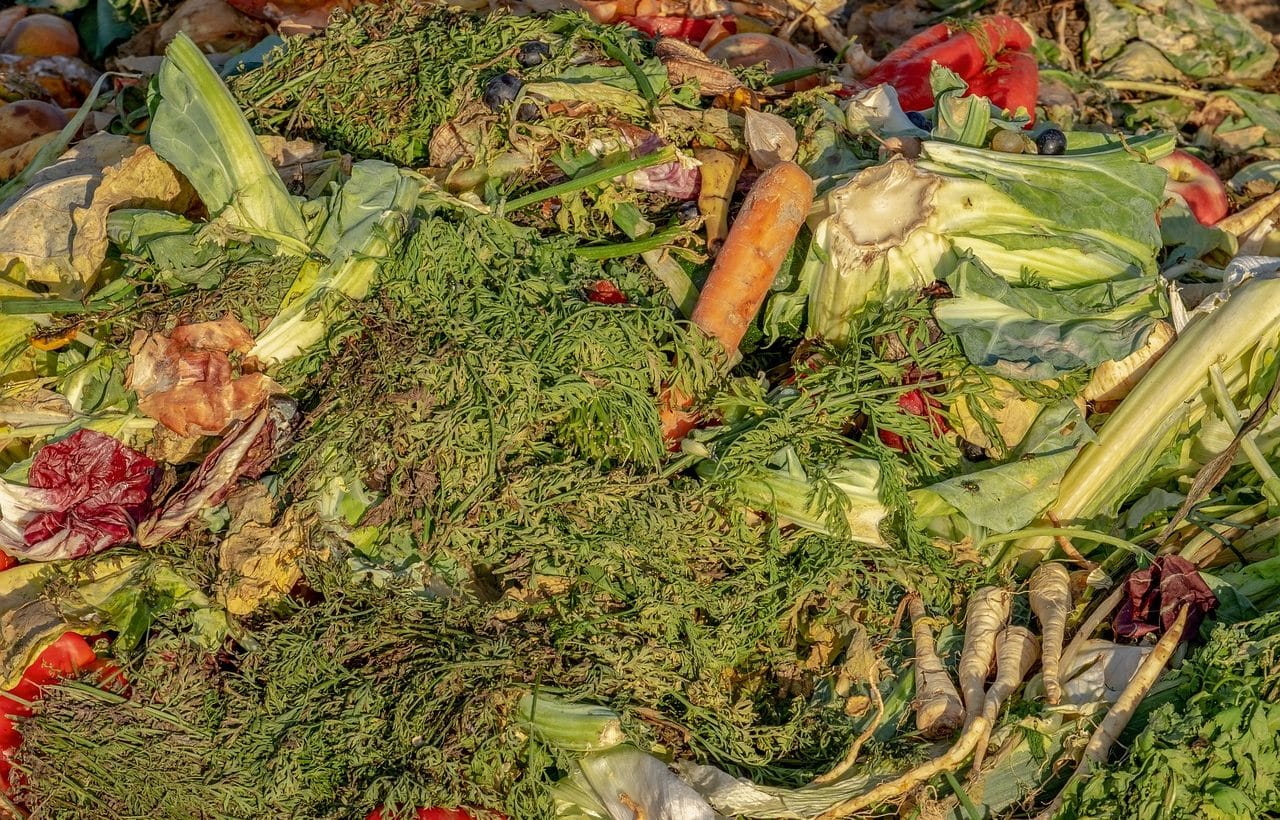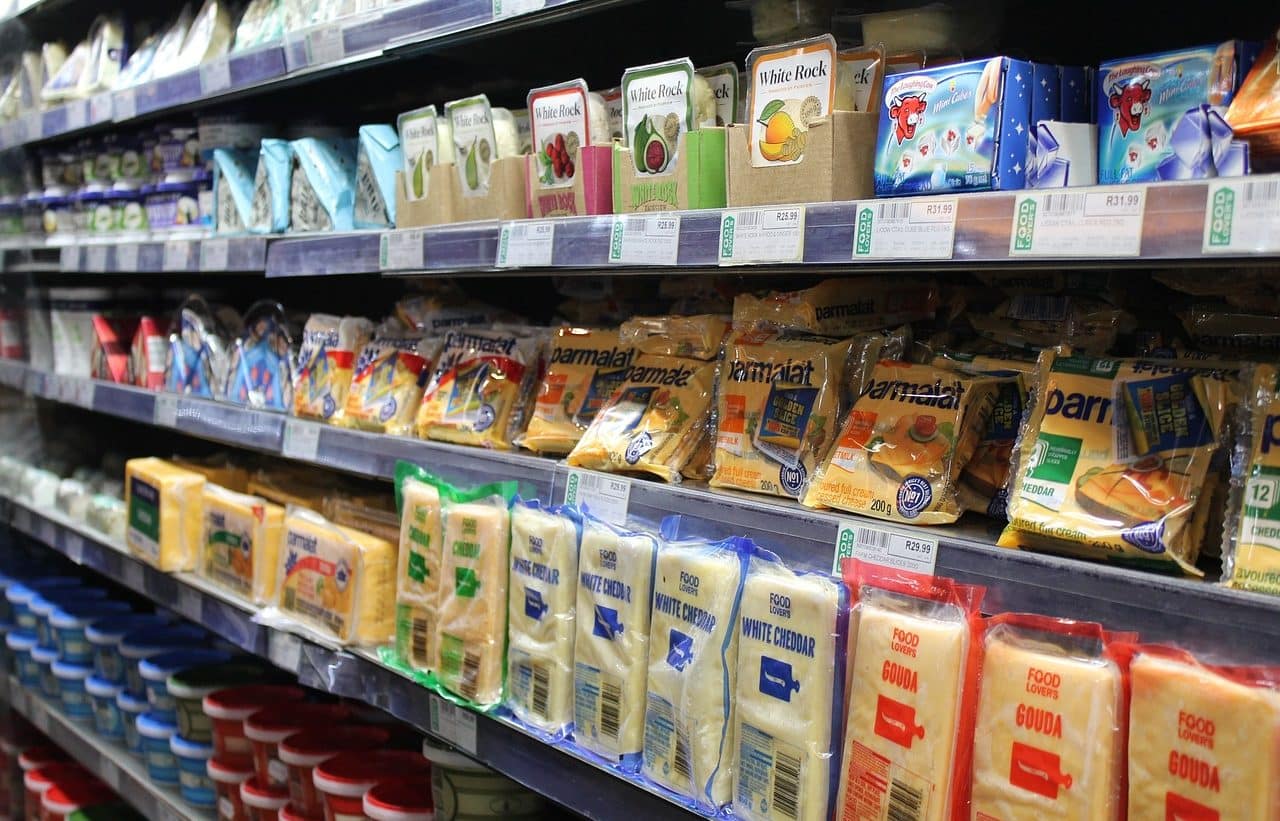
Significant food waste occurs every day, both in industry and at home.
Food waste refers to the loss of food that occurs along food supply chains, from production to consumption. This includes food that is discarded in the field, during transportation, at points of sale, as well as waste in homes and restaurants. The environmental impact of leftover food adds to the economic impact, and can be seen in the generation of waste and the emission of greenhouse gases.
Waste reduction
Reducing food waste is crucial to minimize environmental impact and make better use of resources.
Organic waste management plans
Comprehensive strategies that seek to minimize waste from food production to final consumption. These plans include educating consumers about proper purchasing and storage, implementing sustainable agricultural practices to reduce losses in the field, and optimizing supply chains to prevent spoilage of perishable products. In addition, the management of food surpluses is promoted, donating them to food banks and other charities.
waste bioconversion
The use of biological processes to convert organic waste into useful products, such as fertilizers, biogas (with the help of containers called biodigesters ) or animal feed . For example, composting transforms them into nutrient-rich compost that improves soil fertility. Anaerobic digestion is another method that decomposes organic waste in the absence of oxygen, producing biogas (usable as an energy source) and a digestate that can be used as fertilizer. These techniques not only reduce the amount of waste sent to landfills, but also generate valuable products and renewable energy.
Organic waste management systems
Infrastructure and technologies for food processing and surplus collection, among other processes. They may include composting facilities, anaerobic digestion plants, and municipal-level food waste recycling programs. Implementing selective collection in homes and businesses allows for more efficient processing and reduces contamination of recyclable materials. Advanced technology, such as waste sensors and smart bins, is also improving the efficiency and effectiveness of these systems.

One of the measures to promote food sustainability is sustainable agriculture.
Food sustainability
Food sustainability seeks to ensure that the production, distribution and consumption of food is environmentally responsible, socially equitable and economically viable.
Sustainable agriculture
It focuses on agricultural practices that conserve natural resources, protect biodiversity and reduce the use of agrochemicals. This includes techniques such as crop rotation, agroforestry and the use of organic fertilizers. This not only improves long-term productivity, but also reduces food losses in the field by promoting healthy soils resistant to pests and diseases.
Sustainable school canteen
Sustainable school cafeterias implement practices that minimize food waste and educate students about the importance of sustainability . This can include menus based on local and seasonal products, portion control to avoid surpluses, and composting food scraps. In addition, food education programs teach how to value and not waste food, encouraging responsible consumption habits from an early age.
Sustainable cuisine
Advocates food preparation methods that reduce waste and resource use. This includes meal planning to make the most of ingredients, reusing leftovers to create new recipes, and favoring local and seasonal ingredients. Sustainable cooking also promotes energy efficiency in food, both in cooking and water consumption.
Sustainability education
Fundamental to changing attitudes and behaviors towards food waste. Educational programs in schools, communities and the media inform people about the impact of food waste and how they can help reduce it. The education also encompasses teaching home cooking and food management skills, encouraging smart shopping and more efficient food storage infrastructure.

Thanks to different packaging and control techniques, it is possible to reduce food waste in supermarkets.
Food preservation
Food preservation is a crucial issue in the fight against food waste, since appropriate techniques and technologies can extend the useful life of products, maintaining their quality and safety. Product expiration is an aspect regulated by regulations that oblige manufacturers to specify these dates and the best-before dates as part of food labeling.
The expiration date indicates the last day on which the product can be safely consumed, while the best before date indicates until when the food maintains its optimal properties, although it may be safe to consume it after that date if the conditions have been followed. adequate storage.
Smart labeling systems, a technological innovation, use sensors and QR codes to provide real-time information on the freshness status of food, overcoming the limitations of static dates printed on packaging. They can indicate changes in temperature, light exposure or even gas levels that reveal decomposition, offering a more precise assessment that forms part of quality control measures.
Preservation technology, including methods such as pasteurization, freezing and dehydration , plays an essential role in extending the shelf life of foods. Advances in refrigeration systems have made it possible to keep perishable products in optimal conditions for longer, reducing waste. Additionally, the development of smart packaging and innovative materials that control humidity and prevent oxygen entry contribute significantly to maintaining product freshness.
Food packaging has also evolved to address sustainability and conservation issues. New biodegradable and recyclable materials not only help reduce environmental impact, but are also designed to improve the barrier against contaminants and extend the life of the contents. These innovations, combined with efficient refrigeration systems, allow food to be kept in ideal conditions from production to consumption.
